|
The Federal Aviation Administration has found that Trevor Jacob, a daredevil YouTuber who posted a video of himself last year parachuting out of a plane that he claimed had malfunctioned, purposely abandoned the aircraft and allowed it to crash into the Los Padres National Forest in Southern California. In a letter to Mr. Jacob on April 11, the F.A.A. said he had violated federal aviation regulations and operated his single-engine plane in a “careless or reckless manner so as to endanger the life or property of another.” The agency said it would immediately revoke Mr. Jacob’s private pilot certificate, effectively ending his permission to operate any aircraft. Reached by email on Wednesday, Mr. Jacob appeared unaware of the F.A.A.’s ruling and replied, “Where’d you get that information?” He did not immediately respond to follow-up emails. In a video posted on his YouTube channel last week, Mr. Jacob, a former snowboarding Olympian turned YouTuber with more than 100,000 subscribers, briefly addressed the airplane controversy, saying, “I can’t talk about it, per my attorney.” “But the truth of that situation will come out with time,” he added, “and I’ll leave that at that.” The F.A.A. does not have the ability to prosecute; it can only revoke and suspend certificates and issue fines. The agency ordered Mr. Jacob to surrender his private pilot certificate and said he could face “further legal enforcement action” if he did not do so, including a civil penalty of up to $1,644 for each day that he did not return it. A spokeswoman for the Transportation Department’s Office of Inspector General said in a statement that the agency, which oversees the F.A.A., could “neither confirm nor deny the existence of an investigation” into Mr. Jacob’s flight on Nov. 24. A 13-minute video of the crash, titled “I Crashed My Plane,” has more than 1.7 million views. It shows Mr. Jacob piloting a small 1940 Taylorcraft plane with several cameras attached, recording the sweeping views of Los Padres National Forest. Mr. Jacob said in a statement in January that he had flown that day to spread the ashes of his best friend, Johnny Strange, over the top of a Sierra Nevada mountain. Mr. Strange died in 2015 while BASE jumping, an extreme sport in which people parachute from a fixed object or structure, such as a cliff. In the video, Mr. Jacob unleashes a flurry of expletives when the propeller stops spinning. He opens the plane’s door and jumps out with a parachute, abandoning the plane as he descends toward the forest, a selfie stick in hand to record it all. “I’m just so happy to be alive,” he says after landing in prickly brush. He documented his hike through the forest, which, he says in the video, lasted at least six hours until a farmer found him at dusk. Earlier, he had found the wrecked, mangled plane in a thicket of dried shrubs. Almost immediately after he posted the video on Dec. 24, viewers and aviation experts expressed doubts online over his portrayal of the crash. It was orchestrated, they claimed, for views and likes, and several steps Mr. Jacob took, such as wearing a parachute in the first place, were evidence of a preconceived publicity stunt. Mr. Jacob turned off comments for the video. The F.A.A. agreed about the parachute in its letter, which it released in response to a request from The New York Times, and pointed out other revealing details that officials had uncovered during an investigation. “During this flight, you opened the left side pilot door before you claimed the engine had failed,” the F.A.A. wrote. Before jumping out of the plane, the agency said, Mr. Jacob made no attempt to contact air traffic control on the emergency frequency, did not try to restart the engine by increasing airflow over the propeller and failed to look for a place to safely land, “even though there were multiple areas within gliding range in which you could have made a safe landing.” After the crash, Mr. Jacob also “recovered and then disposed of the wreckage,” the F.A.A. said.
“You demonstrated a lack of care, judgment and responsibility by choosing to jump out of an aircraft solely so you could record the footage of the crash,” the agency said. “Your egregious and intentional actions on these dates indicate that you presently lack the degree of care, judgment and responsibility required of a certificate holder.”
6 Comments
A Ukrainian MiG-29 pilot who goes by the call sign ‘Juice’ has been giving interviews to media outlets about how Ukrainian aircraft and air defense systems have managed to keep the Russians in abeyance for over a month now. The Ukrainian Air Force has managed to do this with MiG-29 and Su-27 fighters. While the MiGs are used for air-to-ground and air defense missions, the Su-27s are primarily kept for air-to-air missions. The Su-27 is a more powerful air defense asset, however, the early loss of aircraft units has shrunk the size of the fleet, which was always smaller than the MiG-29 fleet. A typical air defense mission of a MIG-29 involves patrolling an area in search of an aerial threat, ‘free hunting’ or sometimes just pushing the enemy aircraft outside the area. “If they have us on their screen, especially if we have a few guys patrolling the area, they don’t want to get into trouble. So, we push them from this area,” Juice explained in his interview. Besides Russian manned aircraft, the MiGs are also tasked with neutralizing drones and cruise missiles which are hard to detect. However, Juice thinks ground-based air defenses (GBADs) are more effective against them. “I think ground air defenses are much more capable against them. They have a lot of kills of cruise missiles every day. Drones are also a great problem for us, but I think it’s a much bigger problem for them, our Bayraktars are much more capable than their UAVs,” says Juice. Multi-Layered Air Defense Network Manned fighters like MiGs work closely with GBAD units to form a multi-layered air defense network which involves sectors separated into different engagement zones for the fighters and GBADs to prevent friendly fire and also the manned fighters can try and push Russian aircraft into GBADs kill zones where “the more stupid ones” can then be picked off, Juice explained. This is the first time in decades the world is witnessing a large-scale conventional war which also includes the aerial domain and many young pilots like Juice have no combat experience. Older pilots who had taken part in combat during the height of the battle in 2014 in the eastern Donetsk and Luhansk regions ahead of the signing of the Minsk agreements have since shared their knowledge with new graduates joining the air force. The training since 2014 has stressed flexible tactics and keeping aircraft on the move from one airfield to another and flying difficult flight paths to reduce the chance of the enemy catching them on the ground as part of their air interdiction efforts. “They had pretty interesting experiences. Of course, we use that during our training: low-altitude flights, using alternative airfields, etc,” said Juice, of the old combat veterans. How ‘Clear Sky’ Drills Helped UkraineAlso, the Ukrainian pilots had some experience with large-scale high-intensity conflict scenarios from lessons learned from the US Air Force, particularly during the ‘Clear Sky’ series of drills in 2018 which was the first-ever joint multinational exercise hosted by Ukraine. During Clear Sky, the MiG-29s and Su-27s sparred with the F-15Cs of the California Air National Guard’s 144th Fighter Wing wherein the F-15s replicated the tactics and performance of Russian Su-30 and Su-35S Flanker fighters. The F-15s that took part in these maneuvers were older than the Ukrainian MiGs, they had been highly modernized and were considered much more capable than the Ukrainian MiG-29s and Su-27s that have undergone only modest and piecemeal upgrades. Even still, the Ukrainian pilots were “sometimes pretty successful, just using our flexibility and creation of non-standard decisions,” Juice recalled. “We did plenty of (basic fighter maneuvers) with our F-15Cs against their MiG-29s and Su-27s and to be honest we could tell instantly that their pilots were very good. They are very tactically inventive, they know their airframes and also understand what they are lacking. I mean, they fly old jets. Our F-15s for example are old airframes, but they have been constantly upgraded with new avionics,” retired Jonathan ‘Jersey’ Burd, the lead planner for the 2018 Clear Sky exercise told The War Zone. Above all, the Ukrainian pilots got a much better understanding of the NATO fighter pilot mindset through their sharing of methods to defeat Russian tactics which have made a huge difference as even after one month, Russian forces have not been able to dominate Ukraine’s airspace. The various tactics and techniques used by the Ukrainian Air Force in this war remain classified for obvious reasons but surely the war has reset the bar on a wide range of established air combat doctrine and dogma. “The Ukrainians are defining modern warfare,” Jersey told Coffee or Die. “Whatever ideas, assumptions, and tactics we believed were set in stone were done so by a nation that has not faced a peer threat for a very long time,” Jersey added. “Let me be clear, we trained the Ukrainian pilots as experts, but there is no substitute for aerial combat. They are the experts now.” Meanwhile, the Russian Air Force has so far used Su-30 and Su-35S aircraft for almost all of their air-to-air missions. Of these, Juice considers the Su-35s as the most dangerous because of its powerful radar and long-range R-77-1 air-to-air missiles with an active radar seeker that enables ‘fire and forget’ capability which is absent in the Ukrainian armory.
“It’s very capable, unfortunately for us,” said Juice of the R-77-1. “The lack of fire and forget missiles is the greatest problem for us. Even if we had them, our radars couldn’t provide the same distances [as the Russian fighters].” Also, the disparity between the number of Russian and Ukrainian aircraft is a big problem for Ukraine. “Sometimes they’re just trying to exhaust us,” Juice said, “flying near the border to get us to scramble, just to exhaust our manpower with these fuc***g stupid night flights.” With a huge advantage in sheer numbers, this tactic makes sense for Russia, as the Ukrainian jets can only be in one place at any time. Furthermore, the Russian side has an advantage in air-to-air missions as well “because sometimes it’s one versus 12 or two versus 12,” explained Juice. “They have the advantage of situational awareness, radar range, missile range, missile [guidance] principles, and electronic warfare, and they still are sending so many jets against one MiG.” A man has been sentenced to one year in prison for lying about his job experience before working as a commercial pilot in the U.K. for two years. Craig Butfoy, 49, entered false details and fabricated his experience in his flight logbook so that he could appear more qualified to work for BA CityFlyer, a British Airways regional airline, and former Irish regional airline Stobart Air. He pleaded guilty to several charges of fraud on Monday and was handed the prison sentence at Snaresbrook Crown Court, in east London, according to the Civil Aviation Authority (CAA). Butfoy was employed with each airline for one year, from 2016 to 2018, according to The Times of London. During that time, officials at BA CityFlyer reportedly became suspicious of his experience after an incident occurred in Switzerland when he pressed a button that "no qualified pilot would," a source told the news outlet. He was later investigated by the CAA, when it was found that he had given false information on his résumé and fabricated the details of his flight experience in order to "obtain and retain employment," the authority said. Among those fabrications included false claims that he had flown 1,610 hours as a captain and received a training course certificate. He also falsely stated that he had held a private pilot's license since 1998, according to the Times. Butfoy reportedly falsified his flight hours while he was working for a previous employer, Hangar 8 Management, according to the Times. That company also operates the same Embraer 190 jets as BA CityFlyer, the news outlet noted. However, a spokesperson for British Airways maintained that Butfoy was still fully qualified and certified to operate as a pilot, and that the case was related to false information he provided in references during the application process. The airline said passengers were never put in harm. "The safety of our customers and crew is always our priority, and the fully qualified pilot was suspended and an investigation launched as soon as BA CityFlyer became aware of discrepancies in his employment record," an airline representative told Newsweek in a statement Saturday morning. "At no point was there any risk to customers or colleagues." Jonathan Spence, general counsel at the CAA, said earlier this week that Butfoy's prosecution and sentence shows that "offenses of this kind are taken very seriously by the Civil Aviation Authority and the courts," adding that "pilot integrity is at the heart of aviation safety and we will take all steps necessary to maintain that position."
BA CityFlyer is a regional operator that flies aircraft from London City Airport to domestic and European destinations. Stobart Air no longer operates, but was previously owned by Aer Lingus. Supersonic travel – flying faster than the speed of sound – is as cool as it sounds. After the retirement of the Concorde nearly two decades ago and the regulations prohibiting supersonic flight over populated areas, this type of machine should make a comeback very soon. NASA’s X-59 Quiet SuperSonic Technology, or QueSST, the experimental aircraft, is bringing the agency ever closer to making the quiet commercial supersonic travel over land a reality. The space agency is developing new designs and the technologies needed to limit the noise created by supersonic booms, allowing supersonic aircraft to surpass the speed of sound while flying over populated areas. And soon, the aircraft, which is being developed by Lockheed Martin, is expected to take to the sky for the first time.
The ground noise is expected to be around 60 dB(A), about 1/1000 as loud as current supersonic aircraft. This is achieved by using a long, narrow airframe and canards to keep the shock waves from coalescing. This week, NASA announced several upcoming milestones, including its plans to fly the X-59 QueSST over select communities to gather information about how the public perceives the quiet noise the X-59 is designed to produce (early 2024). Major ground testing will conclude in early 2022, leading to a target date for the first flight. Next year should bring acoustic validation flights. The test flights should continue for the next three years, and the results of the community overflights will be delivered to the International Civil Aviation Organization and Federal Aviation Administration in 2027. With that information in hand, regulators will be able to decide if a change should be made in rules that prohibit supersonic flight over land – a decision that would be expected in 2028. NASA recently completed the first successful wind tunnel test using a small-scale model of X-59 QueSST supersonic aircraft at its Glenn research facility following its assembly and transferral to Texas in December last year. The next test will take place in this year in the supersonic wind tunnels at the Japan Aerospace Exploration Agency, or JAXA, which will allow researchers to compare results from tests of the same small-scale model. The Air Force C-130 is one of the most versatile aircraft in its arsenal: it can deliver close air support, put out wildfires, and pick up special operators from austere landing strips in the middle of nowhere. In fact, the Hercules showed off its ability to pick up cargo and rapidly take off again recently in the Northeast. Early Friday afternoon, residents of the famous Massachusetts island vacation town Martha’s Vineyard were surprised to see a C-130 with its four big, loud turboprop engines appear in the sky, land at the Martha’s Vineyard airport, drop its cargo ramp, pick up a motorcycle, then take off again in just about 15 minutes. “Don’t see that every day,” said local resident Doug Ulwick, who was dining at the nearby Plane View Restaurant at the time and could see the whole affair, according to the Martha’s Vineyard Times, which first reported the story. Unlike white-threaded sparrows, American goldfinches, or cedar waxwings, the C-130 is not a bird often seen in Martha’s Vineyard. In fact, this particular Hercules had come all the way from Keesler Air Force Base, Mississippi, where it is assigned to the 403rd Wing’s 53rd Weather Reconnaissance Squadron. A spokesperson with the 403rd Wing confirmed the incident. “The crew picked up a motorcycle that belonged to one of the crew members,” said Lt. Col. Marnee Losurdo, the wing’s Chief of Public Affairs. “Leadership is aware of the incident, which is under investigation. Once the investigation is complete we will provide additional information.” Better known as the “Hurricane Hunters,” The 53rd Reconnaissance Squadron is a reserve unit unique in the Air Force because it flies straight into fierce storms to collect data that satellites can’t. Their WC-130J aircraft have a suite of special sensors to pick up data on humidity, wind speed, wind direction, temperature, air pressure, dewpoint and other elements which help scientists at the National Hurricane Center figure out where the storm is heading and when it will get there. Even when hurricane season wraps up in late November, the Hurricane Hunters keep flying through the winter as part of its atmospheric river mission, where they track massive bands of moisture crossing the sky above the Pacific Ocean. Like with the hurricanes, the 53rd tracks these atmospheric rivers for scientists on the West Coast who can use the data the airmen collect to help prepare for flooding or snowfall. “The big thing is water management,” said Lt. Col. Tobi Baker of the 53rd in a recent press release. “The better the forecast, the more local agencies along the coast are aware of how much water they can use from the reservoirs or how much they need to conserve.” Now the 2022 hurricane season is on the horizon, but it was unclear exactly what the crew of the 53rd was doing in the Martha’s Vineyard area last week. Losurdo said they were performing “an off-station training mission” before making “an unplanned stop,” but did not share additional details. Of course, with inflation and gas prices being what they are, it’s hard to blame a crew member for making a quick pitstop to pick up their bike on the way back home. Still, there’s a reason why Air Force Manual 11-202 compels aircrews to “ensure off-station training achieves valid training requirements … and avoids the appearance of government waste or abuse.” That is because aircrews have made far more wasteful pitstops for personal reasons in the past. For example, back in 2018, the commander of the Vermont Air National Guard was booted from his job after using an F-16 fighter jet to fly to Washington D.C. for an interstate booty call. Even further back, in 2006 two airmen from the New York Air National Guard pleaded guilty to narcotics charges after smuggling more than 200,000 pills of Ecstasy from Germany aboard their C-5 Galaxy cargo jet. Besides the financial cost of fuel, there is always the safety risk of something going wrong during an unauthorized personal flight. As bad as the headlines are after an airplane crash, imagine how much worse it would be if that happened during an interstate booty call. Still, if the description of the motorcycle is accurate, it could be a ride worth getting in some hot water for.
“I saw a vintage BMW motorcycle. I used to own old vintage BMW motorcycles, so that’s how I know,” Tristan Israel, a local county commissioner who was also eating lunch at the Plane View Restaurant, told The Martha’s Vineyard Times. Israel guessed it was pre-1972 based on the logo. “I was eating next to the window,” he added. “We looked out and we saw the plane. We saw people walking a vintage motorcycle up to the plane. Hulu is presenting Red Bull’s latest death-defying aerial stunt as the exclusive U.S. livestreaming partner. The opportunistic rights pickup shows how Disney is hunting for new head-turning opportunities to help Hulu stand out in the crowded streaming market. In Red Bull’s Plane Swap event, set for Sunday, April 24, skydivers and pilots Luke Aikins and Andy Farrington — each piloting single-seat Cessna aircrafts to 14,000 feet in the skies over Arizona — will put their planes into a vertical nosedive. They’ll then jump out in midair at 140 mph (leaving the cockpits empty) and attempt to skydive into each other’s planes as they hurtle toward the ground. The never-before-attempted Plane Swap stunt will be livestreamed on Hulu beginning at 4 p.m. PT on April 24. Hulu is the exclusive streaming partner of Plane Swap in the U.S. (available to all subscribers) and Red Bull TV is the broadcast platform for rest of the world. On Hulu, the event also will be available to watch on-demand starting the next day. Plane Swap is the latest in a series of live news and sports programing for Hulu’s on-demand subscribers. Past events on the streamer have included Lollapalooza 2021, the New Year’s Eve Ball Drop and 75 live NHL games. The Plane Swap stunt required the development of a purpose-built airbrake system installed on the aircrafts’ belly, designed to control aerodynamic stability. Aikins and Farrington worked with aeronautical engineer Dr. Paulo Iscold, who served as lead engineer on the project. Once engaged, the airbrakes will ensure the planes maintain a relatively controlled terminal velocity in nosedive that closely matches the speed of the skydivers’ descent. The Plane Swap concept is Aikins’ brainchild, inspired by a photo he saw in an aviation magazine in the ’90s. As a professional skydiver, he’s made more than 21,000 jumps and served as the skydiving consultant on the Red Bull Stratos mission (where Felix Baumgartner jumped from a record-setting altitude of 127,852 feet in 2012). Aikins also performed the first-ever skydive without a parachute on live TV (in 2016) and developed Red Bull Aces, the world’s first wingsuit slalom competition that began in 2014. Farrington, meanwhile, boasts more than 27,000 skydives himself. The two are cousins who live together on a 40-acre property in Washington State. “Plane Swap is the natural progression and culmination of my life’s work as a professional, both in the air as a pilot and skydiver and on the ground as an innovator,” Aikins said in a statement. “It’s the pinnacle of my career, and my goal is to inspire the world and show that anything is possible.” redbull plane swap , plane swap , insane redbull airplane stunt , nathan finneman , nathan james , sir drifto , doa , division of aerodynamics ,
The world’s biggest aircraft, the Antonov-225 cargo plane, was destroyed by Russian forces while it was under repair at an airfield in Gostomel near Kyiv, according to Ukraine’s state-run Ukroboronprom. Restoration of the aircraft, known as Mriya, will take more than five years at a cost of over $3 billion following the attack, Ukroboronprom said in a statement dated Sunday, adding that it aimed to ensure Russia covers the costs. “Russia has hit the Mriya as a symbol of Ukraine’s aviation capabilities,” the company said. Ukrainian Foreign Minister Dmytro Kuleba also tweeted about the aircraft. The six-engine aircraft is 84 meters long and has a wingspan of about 88 meters. It first flew in December 1988 and holds records for transporting the biggest commercial cargo. “The occupiers destroyed the airplane, but they won’t be able to destroy our common dream,” Ukroboronprom said. “Mriya will definitely be reborn.”
Often, when we think of long-endurance flights, our first thoughts jump to military operations. Big planes with highly-trained crew will fly for long periods, using air-to-air refuelling to stay aloft for extended periods. However, many of the longest duration flights have been undertaken as entirely civilian operations. The longest of all happened to be undertaken by that most humble of aircraft, the Cessna 172. From December 1958 to February 1959, Bob Timm and John Cook set out to make history. The duo remained aloft for a full 64 days, 22 hours and 19 minutes, setting a record that stands to this day. A-TEST-OF ENDURANCEOne might expect that such an effort was undertaken to push the envelope or to strike new ground in the world of aerospace engineering. However, the real truth is that Bob Timm was a slot machine mechanic and former bomber pilot who worked at the Hacienda casino in Las Vegas. Proprietor Doc Bailey was always on the hunt for promotional ideas, and Timm pitched his boss that a record attempt in a plane bearing the casino’s branding would be a good way to go. Bailey agreed, and committed $100,000 to the effort. Modifications to prepare the aircraft for the stunt took the best part of a year. The pint-sized Cessna was fitted with a 95-gallon belly tank, paired with a electric pump that could transfer fuel to the main wing tanks as needed. Special plumbing was also added that would allow the engine oil and filters to be changed while the engine was still running. The interior was stripped out, and the standard co-pilots door was also removed, replaced with a folding-style accordion door instead. A platform was also rigged up that could be extended out of the co-pilot’s side of the aircraft. This allowed the co-pilot some additional room to move during the crucial refuelling operations. KEEPINGTHE ENGINE TURNING The Hacienda Cessna 172 refuelling during its record flight. Source: McCarran AirportRefuelling was handled by lowering a hook via a winch down to a fuel truck that would trail the plane on a straight stretch of road, usually twice a day. The winch would then pull up a fuel hose from the truck, which would be used to fill the belly tank in around three minutes. The same system was used to regularly pull up food, oil and other supplies like towels and water for shaving and bathing. Initial attempts faced issues. The plane had been fitted with a brand-new engine from Continental Motors Corp., fitted with an alcohol injection system at Timm’s insistence, despite the protests of lead mechanic Irv Kuenzi. The aim was to reduce carbon build-up over the long duration flight, but the engine suffered burnt exhaust valves which curtailed the third attempt. After the first three flights, the plane had never stayed aloft longer than 17 days. Other hurdles came up, too. Timm wasn’t getting along with his co-pilot, and pilots Jim Heth and Bill Burkhart had just set a record of their own. The duo had managed to fly their own Cessna 172 for a full 50 days, landing on September 21 1958. It was clear changes were needed. For the next attempt, Kuenzi reinstalled the plane’s original engine, which had 450 hours on the clock. The alcohol injection system was quietly modified to harmlessly squirt the alcohol overboard instead of into the engine. The original co-pilot was dismissed, and 33-year-old John Wayne Cook, a pilot and airplane mechanic, was given the job instead. The plane took off once more on December 4, 1958, at 3:52 PM from McCarran Field, Las Vegas. Officials monitoring the record chased the plane down the runway in a convertible Ford Thunderbird, putting white paint on the tires as an indicator to ensure the plane didn’t make any secret landings during the attempt. Over the course of the near-65 day flight, the plane was refuelled by its truck over 128 times. This, and the job of flying the plane kept Timm and Cook plenty busy. What downtime was available was spent reading comics and making up simple games such as counting cars on the roads below to pass the time. Fresh meals were cooked for the duo by the chefs at the Hacienda, though the food had to be chopped up to fit in thermos containers to be passed up to the plane. Bathroom duties were handled with a folding camp toilet and plastic bags, which were then deposited over uninhabited areas of the desert.
The long flight wasn’t all trouble-free, as one might expect. An incident on January 12, 1959 saw Timm caught out while bathing on the platform outside the co-pilots door. With Cook at the controls, the pilot realised the plane would not clear a ridge with the platform extended, and quickly yelled to Timm to pull it in. Reportedly, Timm wrestled with the platform naked with toothbrush still in mouth, managing to avoid the ridge in time. The scare pushed the duo to reschedule their bathing activities for times when they were flying over safer areas. The long flying hours, high work load, and poor sleep began to wear on the crew over time. On January 9 around 2:55 AM, Timm fell asleep while flying over Blythe, California, a few minutes before the end of his 4-hour shift. Cook remained asleep, and Timm eventually woke up at 4 a.m, with the aircraft having flown itself for over an hour with the wing-levelling Mitchell autopilot keeping the plane in the air. Speaking to a reporter after the flight, Timm noted “I made a vow to myself that I would never tell John what had happened.” Over time, equipment failures began to stack up. A generator failure meant that fuel transfers to the wing tanks had to be done using a hand pump. Other failures took out the autopilot, various lights, the tachometer, as well as the fuel gauge for the belly tank and the crucial winch. With the engine racking up over a thousand hours of continuous operation, carbon build-up was starting to reduce engine power, too, making it difficult to climb the plane with the fuel tanks brimmed. BACK TO EARTHOn February 7, 1959, the plane finally landed at McCarran Field. The pilots reportedly had to be helped out of the airplane, which looked somewhat the worse for wear after its extended adventure. The plucky Cessna that could had covered over 150,000 miles in the course of its journey. Afterwards, Cook continued on as a pilot, while Timm resumed working on slot machines at the casino. As for the plane, it was shown off at the Hacienda for two years after the record flight. It then went to a new owner up in Canada for some years, before Timm’s son Steve located it and brought it back to Vegas in the late 1980s. The plane now hangs in the McCarran International Airport, above the baggage claim area for incoming passengers. The flight serves as a great example of endurance of both machine and man. Running a small aircraft engine from the 1950s for 1500 continuous hours is remarkable. Similarly, Living in such a confined space with continual noise for over two months is one hell of a feat. It may be for that very reason that the record has not yet been beaten. One could imagine, with the resources of the world’s militaries, that a much more comfortable record attempt could be made on a larger bomber or transport aircraft. With more crew and more room to move, the feat need not be so onerous. However, given a tiny 1950s Cessna was able to achieve such a great record, there is perhaps little to prove by going further! Following Russia’s initiation of military operations in neighbouring Ukraine on the morning of February 24, countries across the Western world as well as Japan have taken a range of punitive measures against Moscow ranging from harsh economic sanctions to seizing Russian civilian shipping in international waters. It was revealed on February 27 that armaments set to be dispatched to the Ukrainian armed forces from Europe as part of EU funded aid included fighter aircraft, and would be delivered entirely through Poland. Ukraine’s fighter fleet has taken extreme losses in the conflict’s first 72 hours, a notable early sign of which was the decision of a Su-27 pilot to fleet to Romania on the first day. Two of Ukraine’s 14 highly prized Su-24 strike fighters were also reportedly shot down in the conflict’s initial hours. Airfield footage subsequently showed major losses suffered by Ukrainian MiG-29 fighters units to Russian cruise missile strikes, while at least one Su-27 has been lost to friendly fire. Ukrainian air defences were reportedly destroyed within 2-3 hours of the conflict’s outbreak, with Russian sources reporting in the early hours of February 28 that complete air superiority over Ukraine had been achieved. While the Ukrainian Air Force would struggle to integrate Western built fighters, which was one cause for hesitancy when it was suggested that U.S. military surplus fighters be donated over the past eight years, European countries formerly in the Soviet-aligned Warsaw Pact continue to deploy Soviet-built fighters. While the Romanian Air Force’s MiG-21 and Polish Air Force’s Su-22 jets are older designs that Ukraine does not itself field, the MiG-29 relied on heavily by Ukraine is deployed by Poland, Bulgaria and Slovakia with some reports indicating that units remain in the reserves of other states such as Hungary. The MiG-29 is a lighter and lower end design than the Su-27 or Su-24, but was more widely exported by the Soviet Union hence why it is used in Eastern Europe. Both European states and Ukraine rely on effectively obsolete 1980s variants of the fighters, however, which are technologically decades behind frontline jets deployed by Russia.. Sending MiG-29s to Ukraine remains highly questionable for a number of reasons. It is not altogether clear how the aircraft would enter the country, whether having European personnel fly them in could expose them to a high risk of being shot down by Russian aircraft, or whether Ukrainian pilots will be dispatched to Poland to fly them. Furthermore, with Ukraine’s airbases having been largely destroyed, even the MiG-29’s much famed ability to operate from short runways would be seriously tested. The possibility of escalation would likely be deemed too great, however, if MiG-29s were to fly combat sorties from airfields in Poland itself, as this would potentially expose Poland to airstrikes. Russian state media outlets notably highlighted that more capable Su-27 heavyweight fighters could also be delivered, although this appears to be an error since Ukraine is the only operator of the class in Europe and, other than two Su-27s in the United States acquired from Belarus for testing in the 1990s, no Western-aligned countries currently deploy it. It remains possible that only a token number of MiGs will be donated as a means of bolstering Ukrainian morale, and that these will come exclusively from Poland which has taken one of the most hardline positions against Russia within Europe. ukraine mig 29 , mig 29 , doa , division of aerodynamics , nathan finneman , russian air force , ukraine war , airpower , usa , eu mig 29 ,
Unconfirmed reports of an ace Ukrainian fighter pilot have gone viral, with social media users dubbing the fighter the “Ghost of Kyiv.” Supposedly downing as many as six Russian planes in the first day of combat, the Ghost of Kyiv — and their MiG-29 Fulcrum — quickly became a folk hero in a war breathlessly watched online. According to one widely circulated post, the Ghost of Kyiv is believed to have shot down four Russian fighter jets — two Su-35 Flankers, one Su-27 Flanker and one MiG-29 Fulcrum — as well as two ground-attack aircraft, so-called Su-25 Frogfoots. Regardless, many on social media argued the legend of an ace fighter pilot holding off the Russian advance was useful in its own right. doa , division of aerodynamics , nathan finneman , ukrainian fighter pilot , fighter pilot , war with russia ,
|
Send us an email at [email protected] if you want to support this site buying the original Division of Aero Patch, only available through this website!
All
|
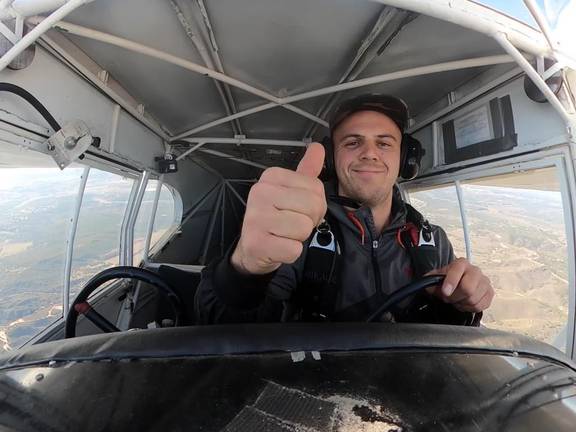
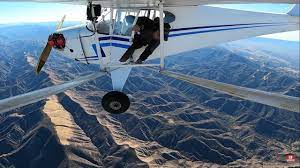
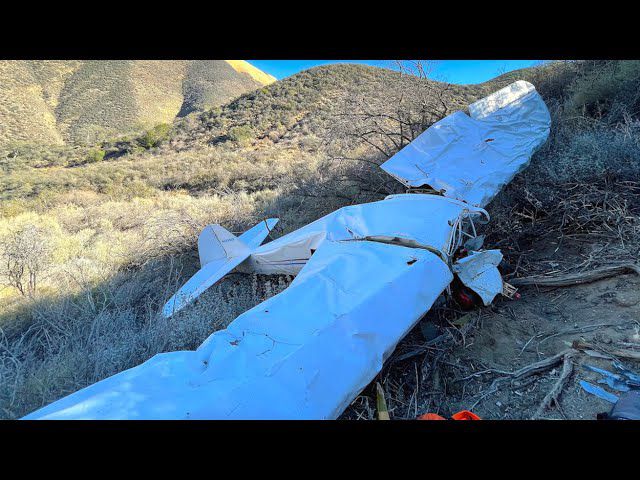
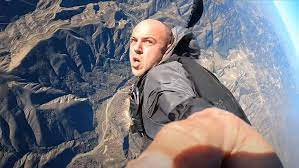
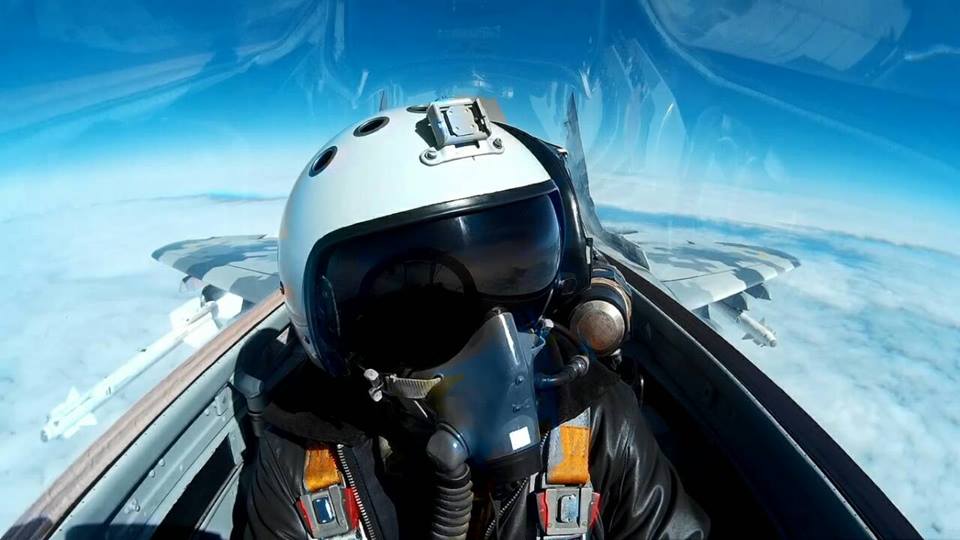
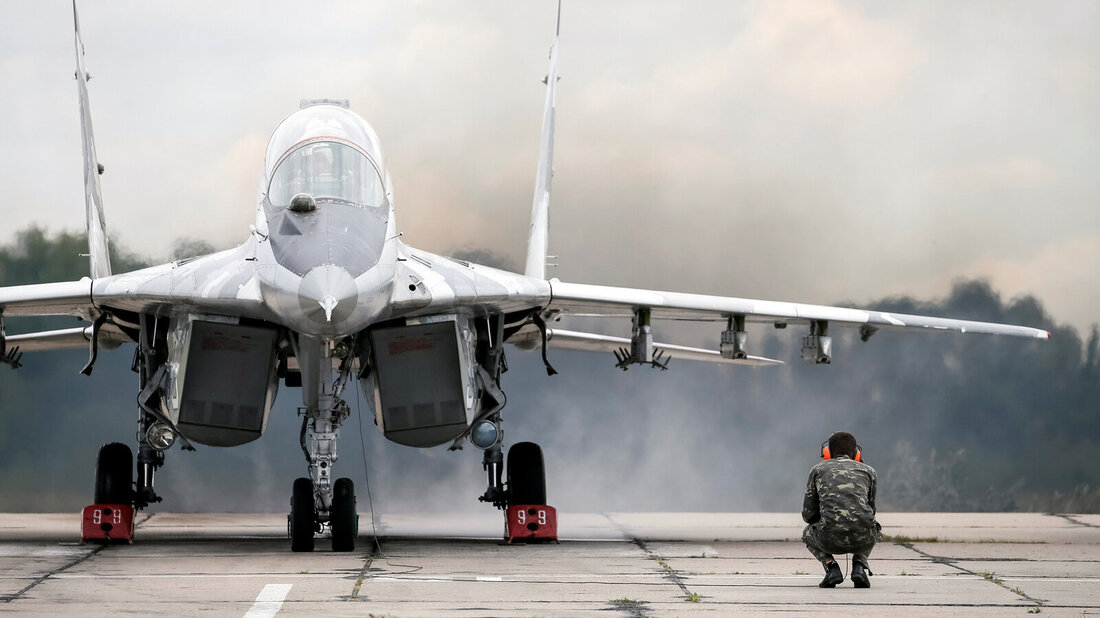
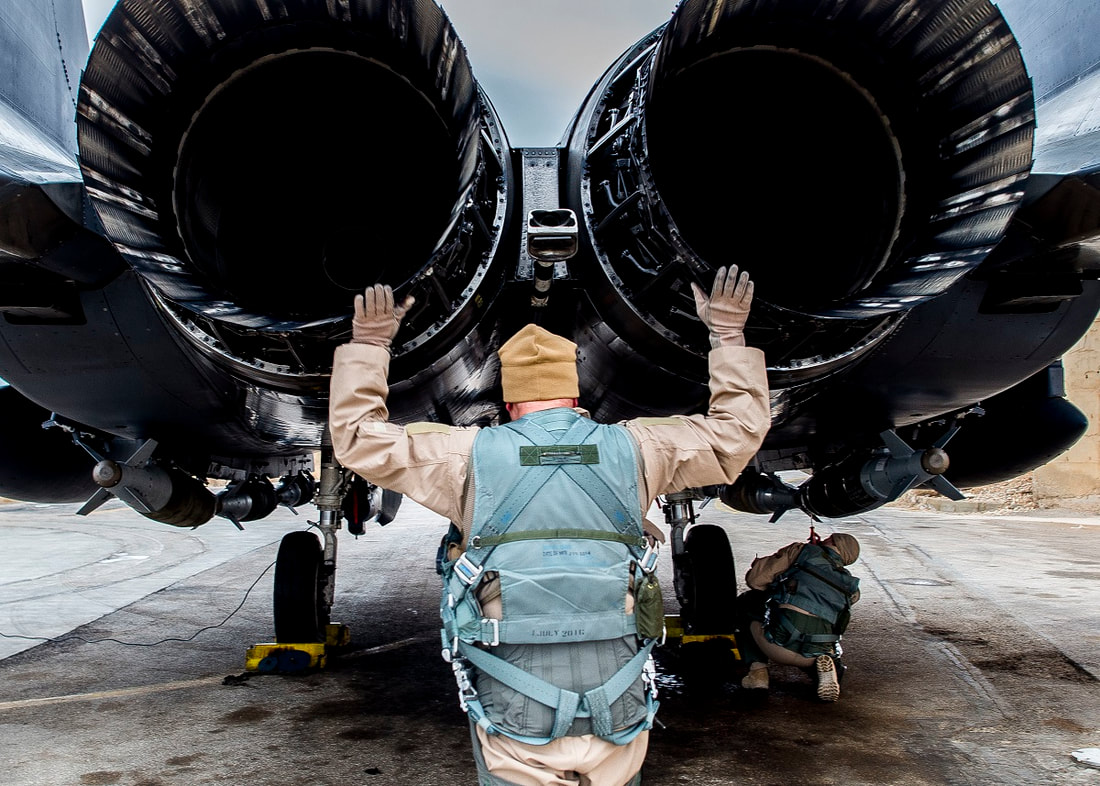
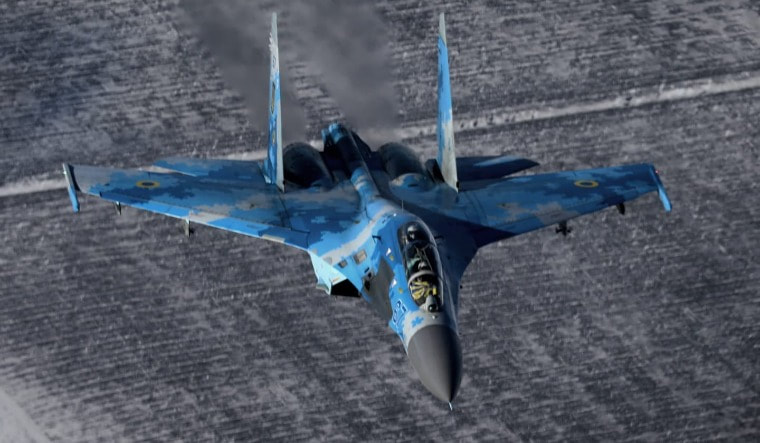
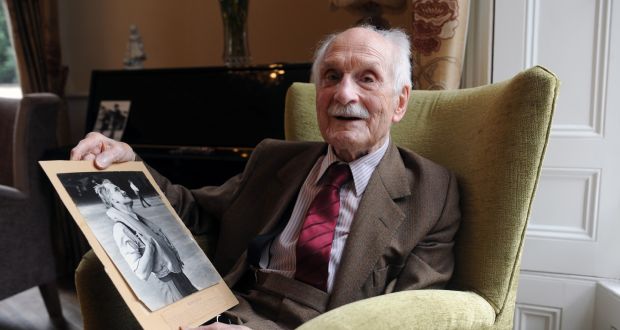
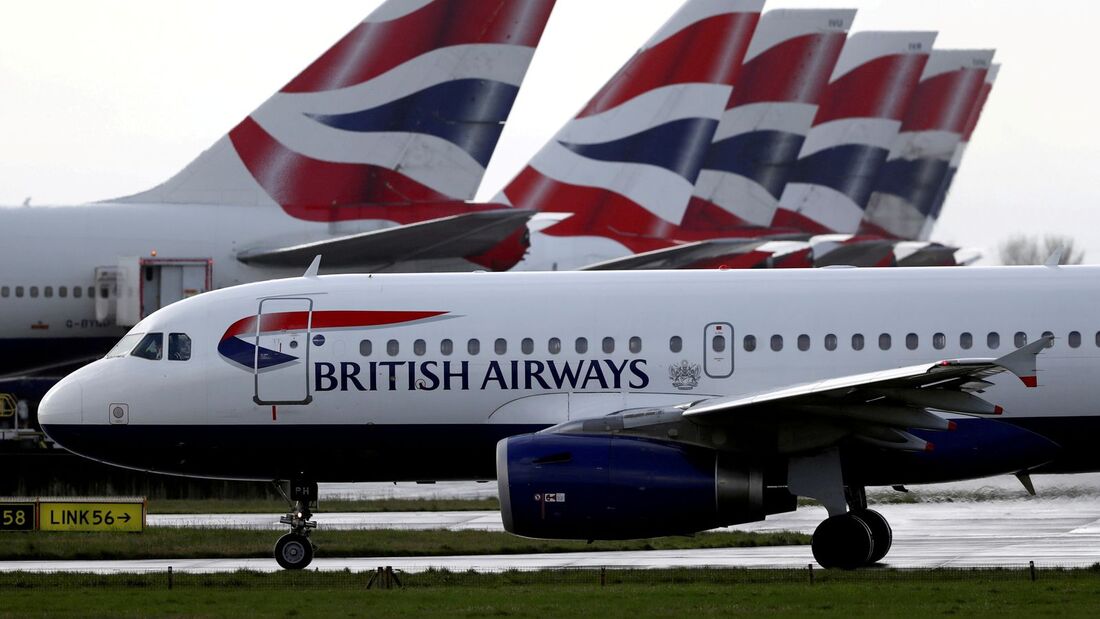
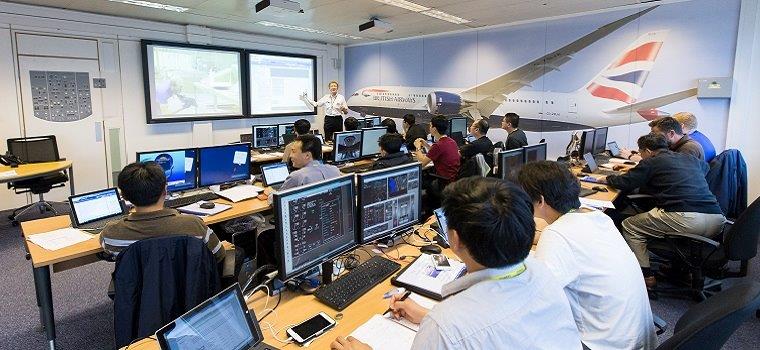
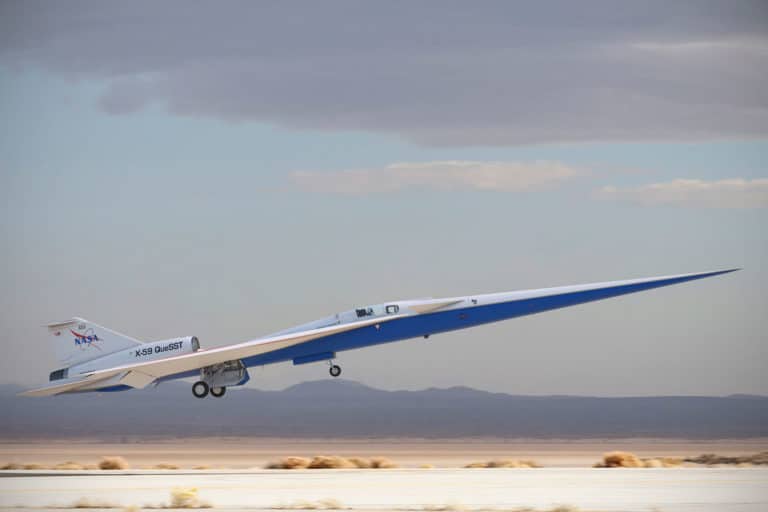
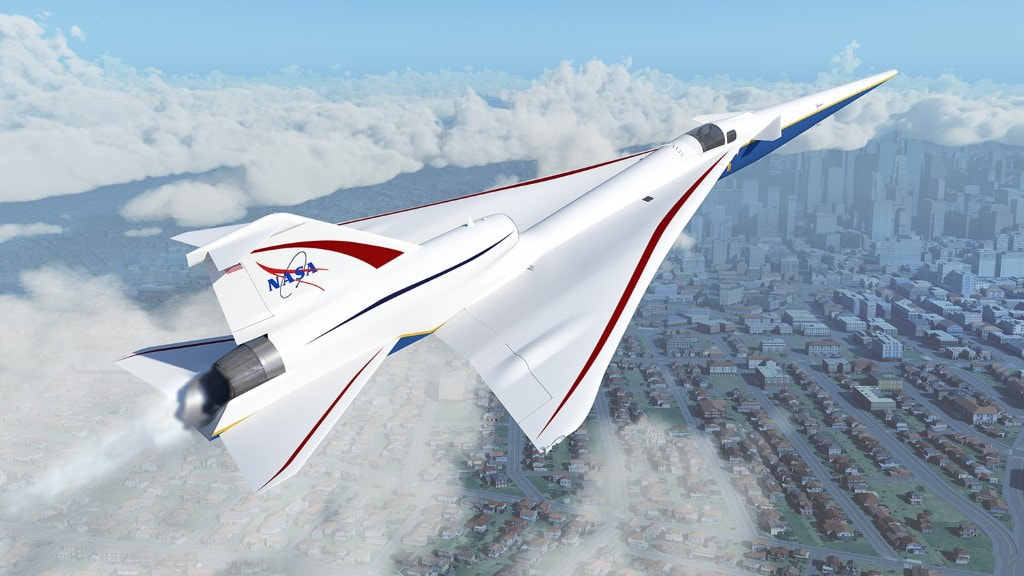
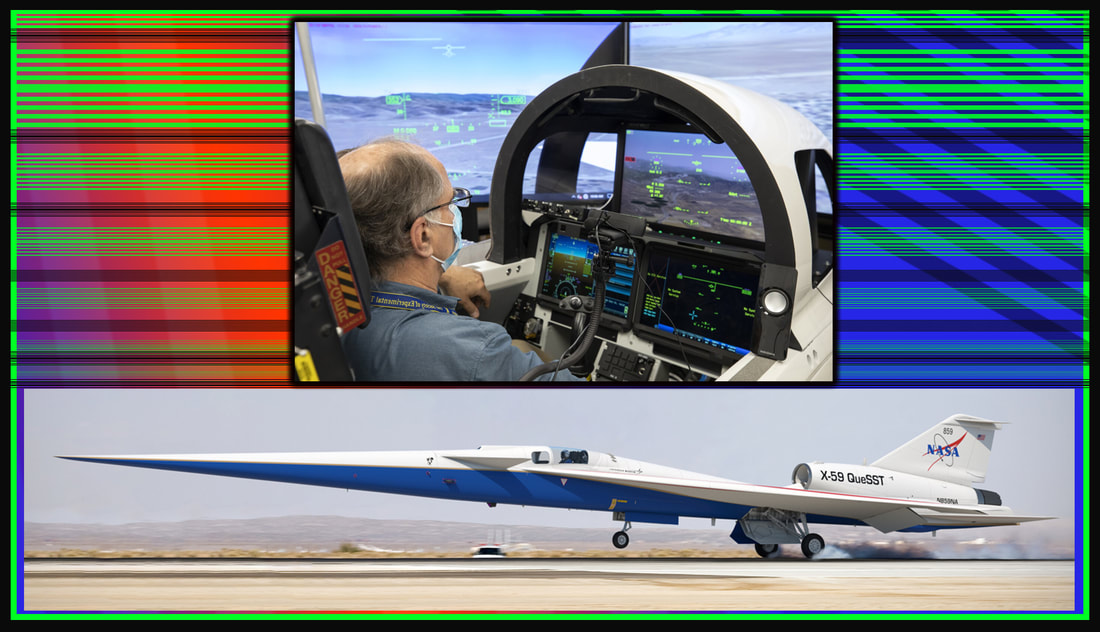
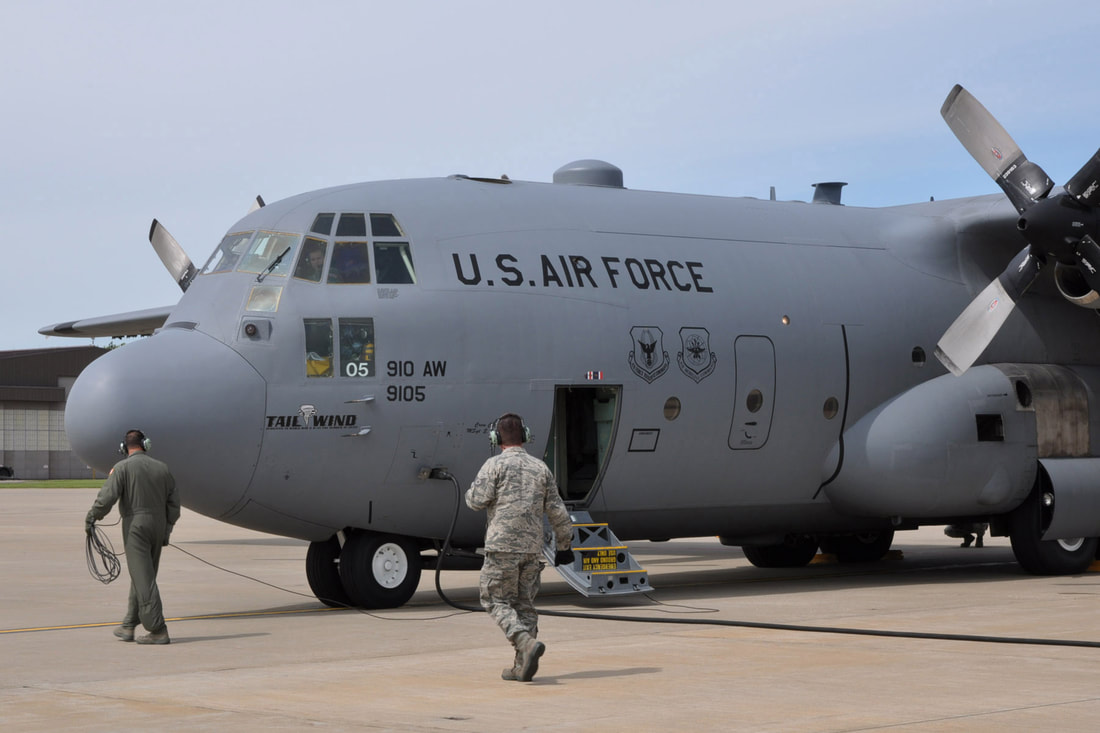
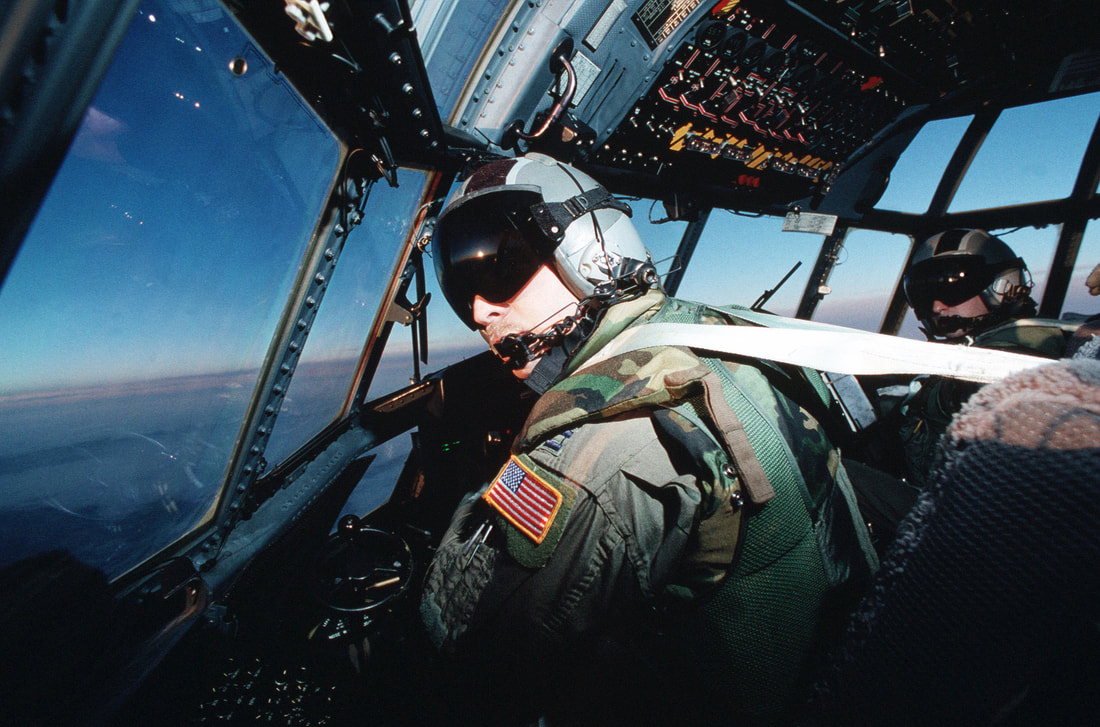
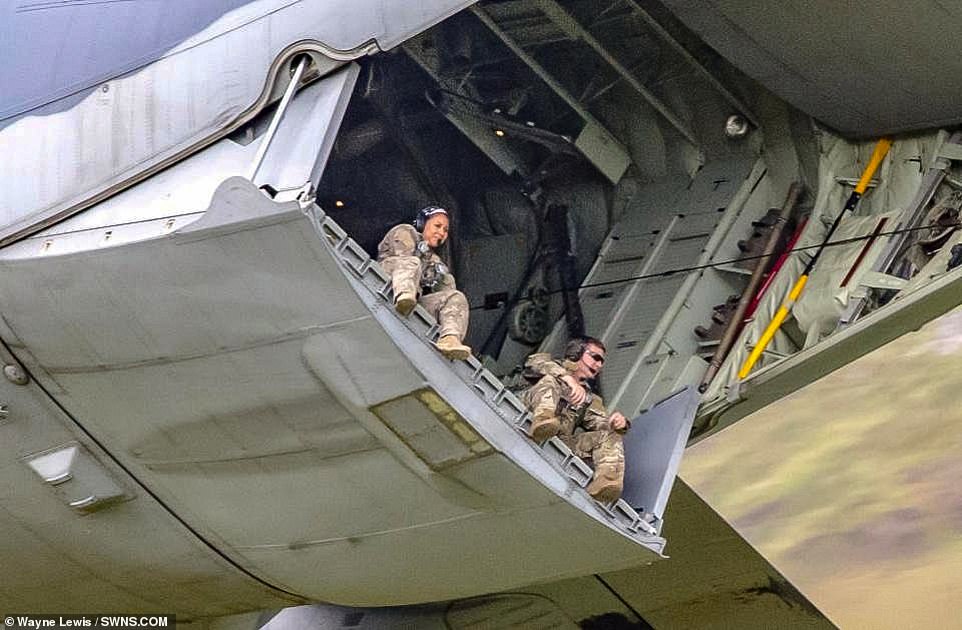
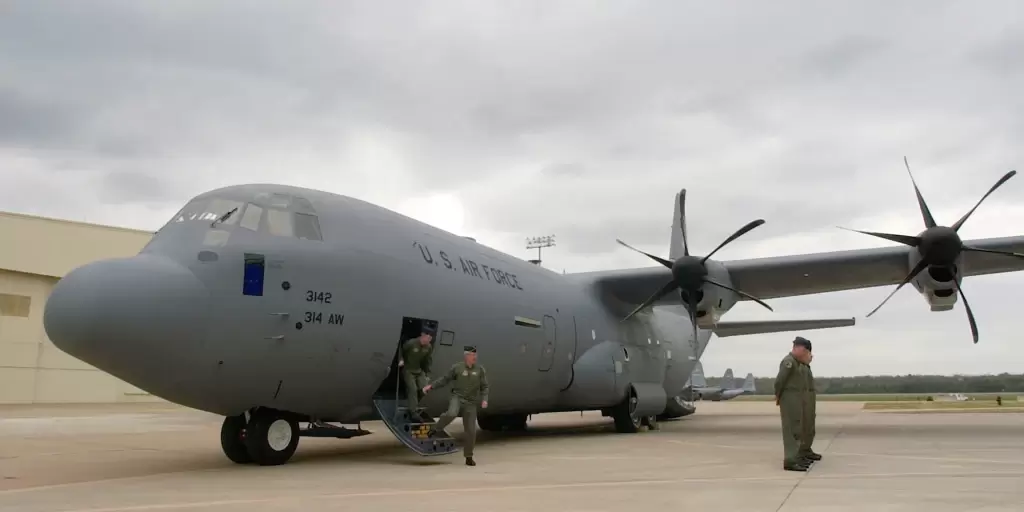
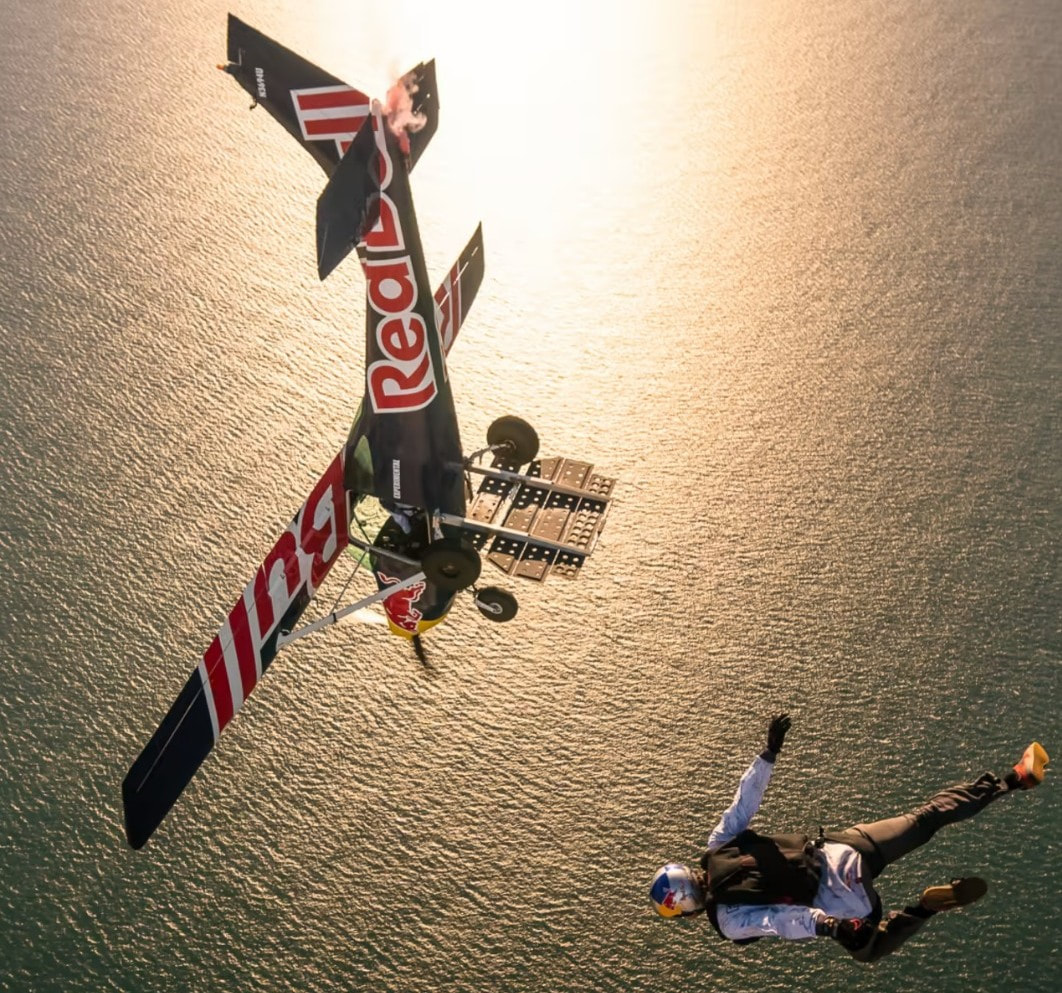
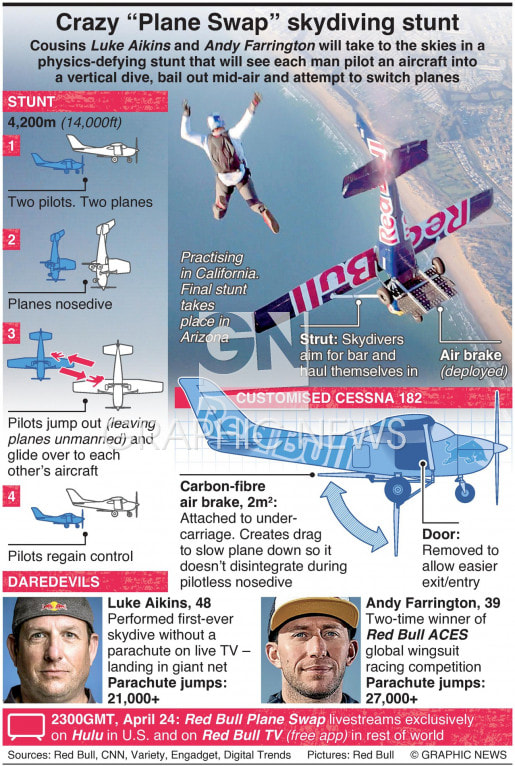
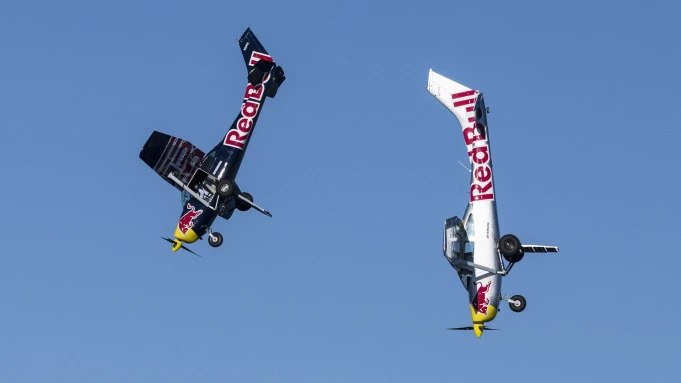
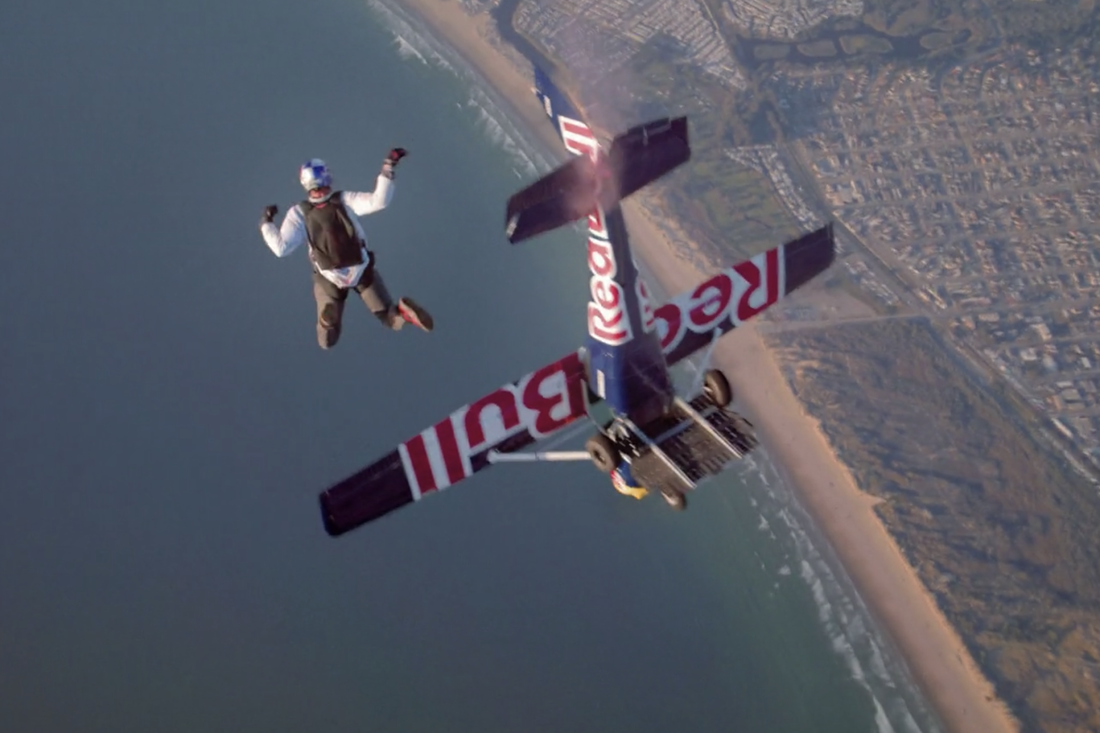
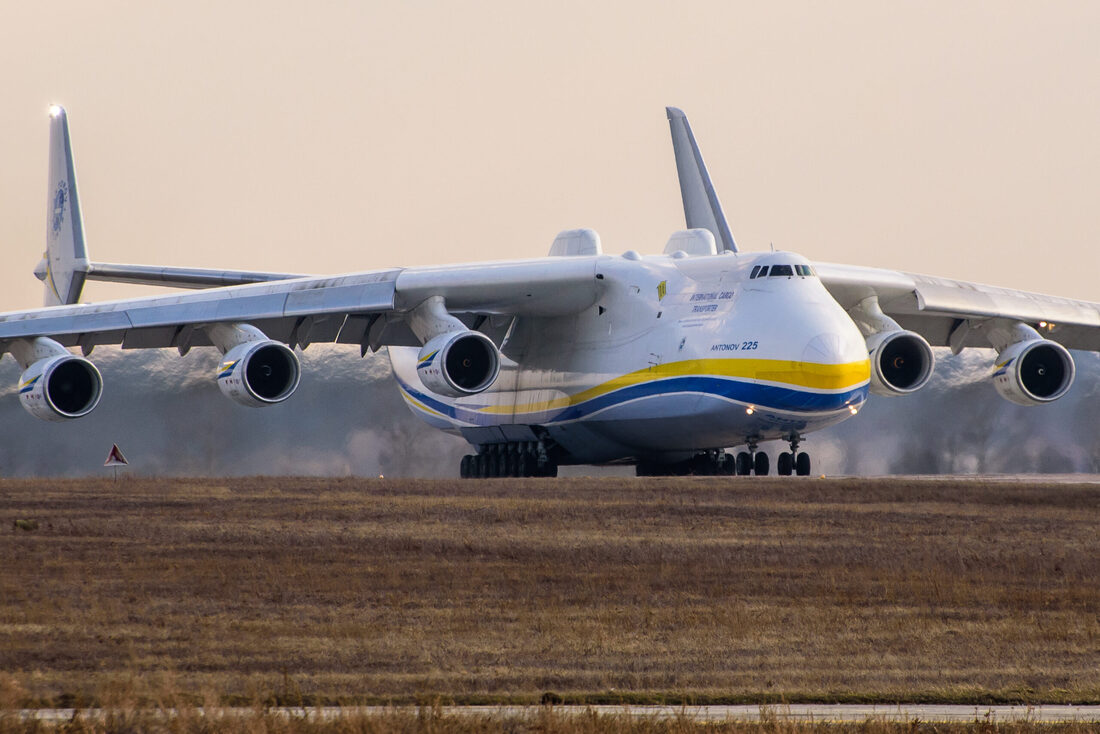
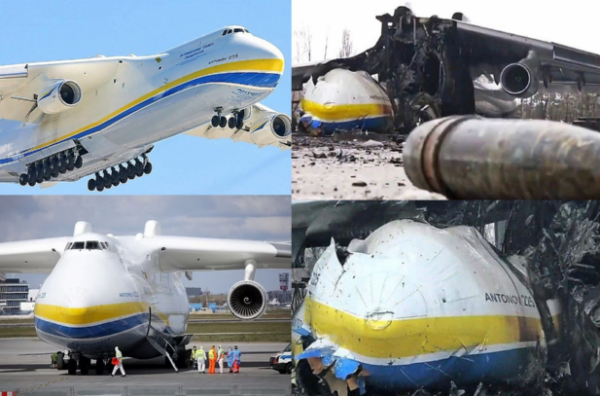
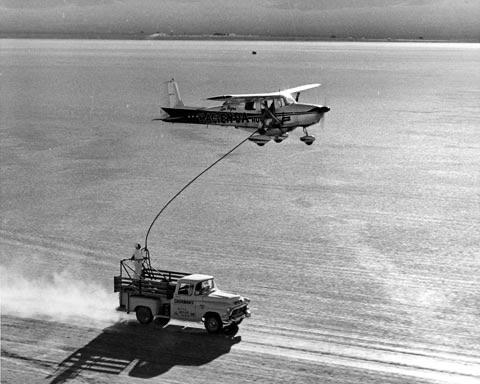
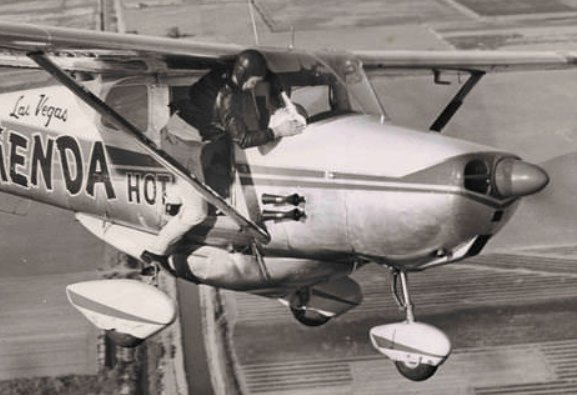
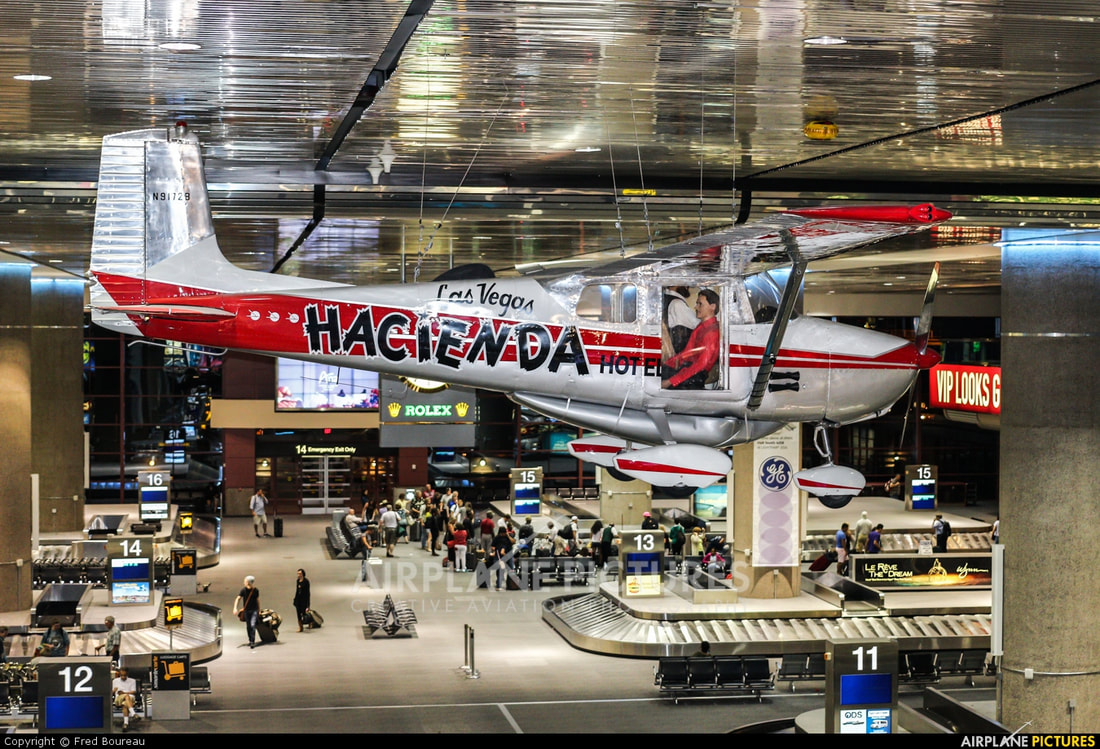
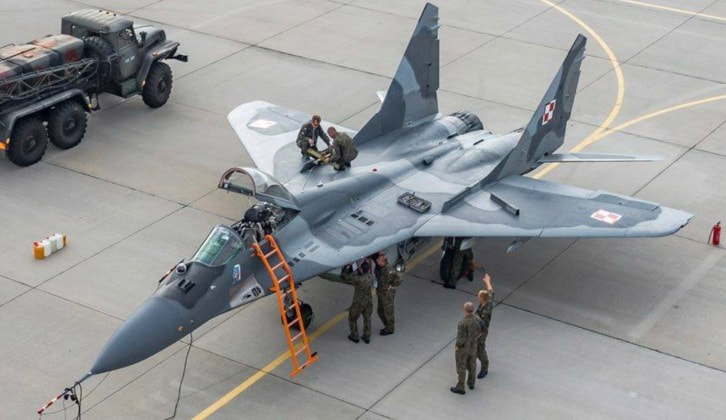
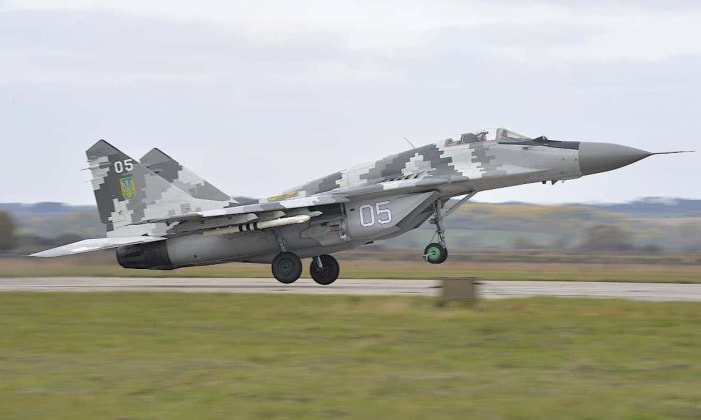
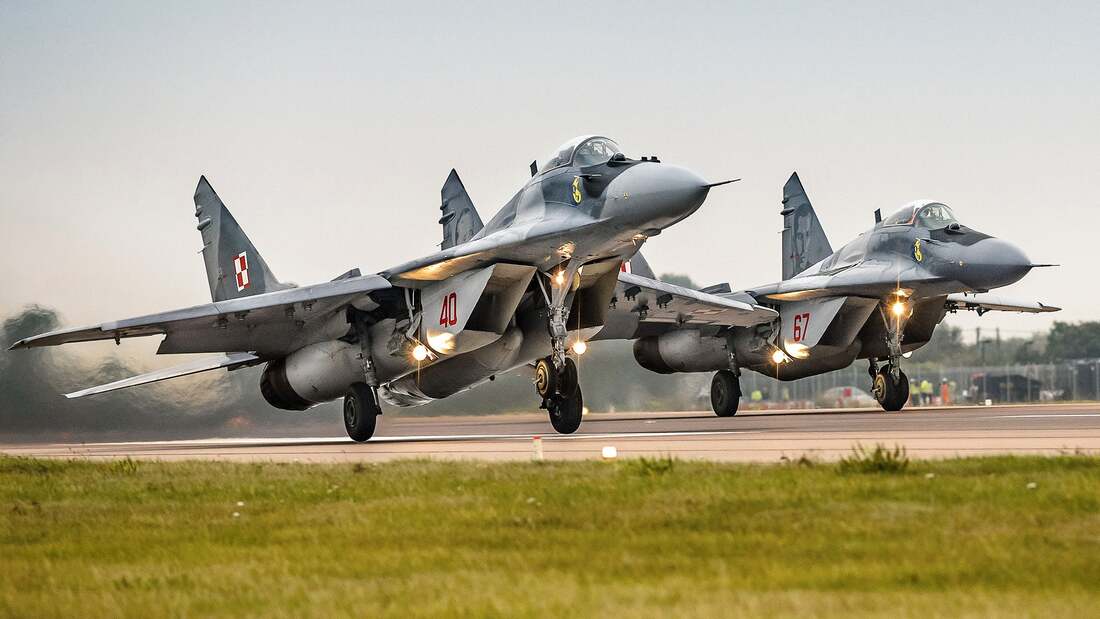
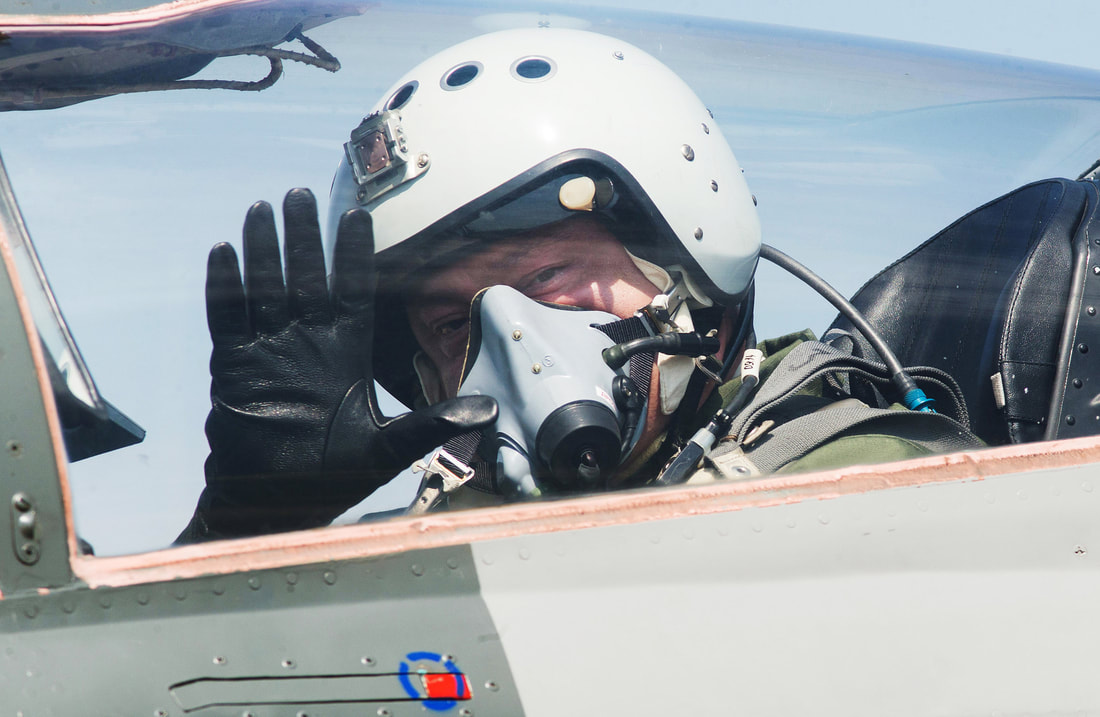





 RSS Feed
RSS Feed